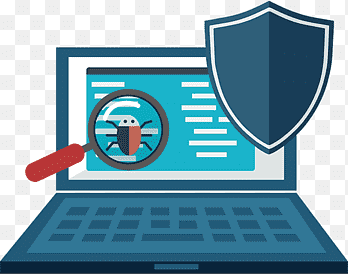FIREWALL RULE REVIEW

What is Firewall Rule Review?
A Firewall Rule Review is a systematic process of analyzing and validating the security rules applied to a firewall. It’s like giving your network’s gatekeeper a thorough checkup to ensure they’re letting in the right traffic and keeping out the unwanted visitors.
Why is Firewall Rule Review important for your Organization?
- Threat Detection and Mitigation: Outdated or unnecessary rules can create security gaps that attackers can exploit. Reviewing your rules helps identify and eliminate these vulnerabilities, keeping your network safer from unauthorized access, malware, and other threats.
- Reduced Risk of Accidental Exposure: Misconfigured rules can unintentionally expose sensitive data or systems. Reviewing them minimizes the risk of such mistakes and ensures only authorized traffic traverses your network.
- Compliance Adherence: Many regulations require regular security reviews, including firewall rule assessments. Staying compliant minimizes legal and financial risks associated with non-compliance
- Improved Efficiency and Scalability: Automation saves time and resources by streamlining the review process, especially for large networks with complex rules.
- Enhanced Consistency and Accuracy: Automation eliminates human error and ensures consistent application of review criteria across all rules.
- Faster Threat Detection and Response: Automated review tools can continuously monitor and flag suspicious rule changes, enabling faster threat detection and response.


Why is Firewall Rule Review important for your Organization?
- Threat Detection and Mitigation: Outdated or unnecessary rules can create security gaps that attackers can exploit. Reviewing your rules helps identify and eliminate these vulnerabilities, keeping your network safer from unauthorized access, malware, and other threats.
- Reduced Risk of Accidental Exposure: Misconfigured rules can unintentionally expose sensitive data or systems. Reviewing them minimizes the risk of such mistakes and ensures only authorized traffic traverses your network.
- Compliance Adherence: Many regulations require regular security reviews, including firewall rule assessments. Staying compliant minimizes legal and financial risks associated with non-compliance
- Improved Efficiency and Scalability: Automation saves time and resources by streamlining the review process, especially for large networks with complex rules.
- Enhanced Consistency and Accuracy: Automation eliminates human error and ensures consistent application of review criteria across all rules.
- Faster Threat Detection and Response: Automated review tools can continuously monitor and flag suspicious rule changes, enabling faster threat detection and response.
Our Approach
1. Preparation:
- Gather Information: Collect all relevant documentation for the firewall, including the rule base itself, any change logs, and security policies.
- Define Scope and Goals: Determine which firewall rules will be reviewed (all rules, specific sections, or newly added rules). Set clear goals for the review, such as identifying unused rules, potential security risks, or opportunities for optimization.
2. Review & Analysis:
- Rule-by-Rule Analysis: Methodically examine each firewall rule. Pay attention to details like:
- Source and destination IP addresses and ports
- Protocols allowed (TCP, UDP, etc.)
- Purpose of the rule (documented?)
- Rule creation date and author (if available)
- Identify Issues: Look for potential problems like:
- Unused or Obsolete Rules: Rules allowing access no longer needed can create security vulnerabilities.
- Overly Permissive Rules: Rules granting broader access than necessary increase risk.
- Conflicting Rules: Multiple rules affecting the same traffic can lead to unexpected behavior.
- Missing Documentation: Rules without clear explanations are difficult to understand and maintain.
3. Remediation & Documentation:
- Develop Recommendations: Based on the identified issues, propose actions like:
- Disabling or removing unused rules.
- Refining overly permissive rules to grant more specific access.
- Resolving conflicting rules to ensure clear traffic flow.
- Adding documentation to explain the purpose of each rule.
- Implement Changes: Following a change management process, make necessary modifications to the firewall rule base.
- Document Changes: Update the firewall documentation to reflect the implemented changes.
4. Verification & Ongoing Monitoring:
- Test Changes: Verify that the implemented changes haven't introduced unintended consequences.
- Schedule Regular Reviews: Firewall rules should be reviewed periodically (e.g., quarterly or bi-annually) to ensure continued effectiveness. Consider automating some aspects of the review process using security tools.










